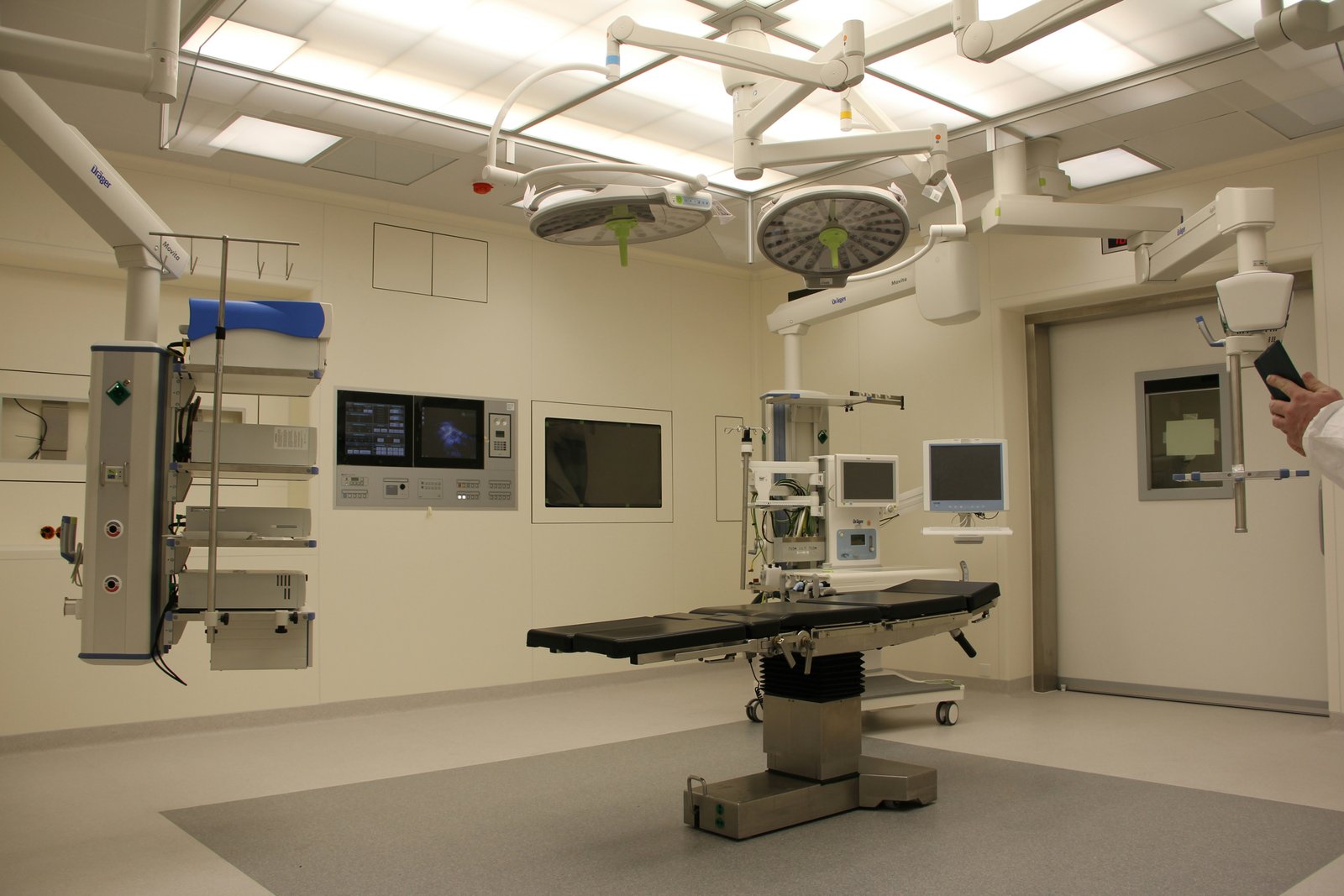Abdominal Ultrasound
Key Topics
Gross Anatomy:
Gross anatomy of the abdominal organs.
Congenital anomalies of abdominal organs.
Sonographic Anatomy:
Normal appearance of tissues on ultrasound.
Liver Ultrasound:
Segmental anatomy, lobes, and vasculature
Gallbladder & Biliary Tree:
Sonographic Murphy’s sign, sludge, stones, and choledochal cysts
Spleen:
Size measurement, trauma assessment, and infarcts.
Pancreas:
Head/body/tail differentiation, pancreatitis, and pseudocysts.
Urinary System:
Kidneys (cortical thickness, hydronephrosis), bladder, and ureteral jets
Appendix, hernia evaluation.
Standard guidelines for diagnosing abdominal organs
Abdominal Aorta to rule out aneurysm and techniques for detecting aneurysms, stenosis, and thrombus.
Preparation & Technique
Patient positioning and probe selection.
Systematic scanning approach (radial/anti-radial, sagittal/transverse
Benign vs. Malignant Features of Abdominal lesion
Benign:
Ultrasound features of benign lesions.
Malignant:
Key diagnostic features of malignant disease
Abdominal data interpretation and reporting
Format:
Lecture + practical scanning
Perform true-to-life patient examinations
Scan in real-time from the clavicle to the pelvis with seamless transition between cardiac and abdominal probes...
Create bespoke patient cases from any pathology with tailored clinical information
Eve comes with over 100 cases using real patient scans, and over 10,000 pathology variations across cardiac, lung, transabdominal...

One-Year Abdominal Ultrasound Course
Enroll in our One-Year Abdominal Ultrasound Course to enhance your expertise in diagnostic imaging. Visit our course program to explore how this valuable training can advance your medical career.
